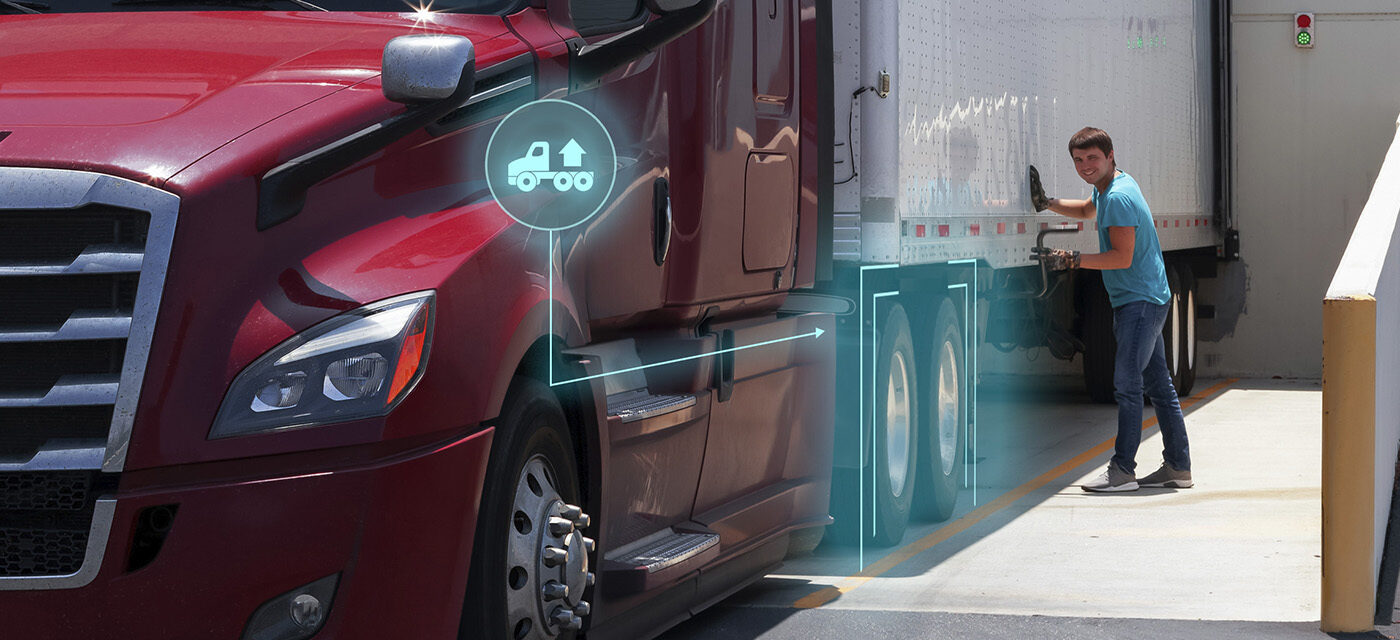
SmartValve® - Drop & Hook Aid
Link constantly strives to design products to address the needs of drivers, improving safety and well-being. As a supplier that started in cab suspensions and one man’s goal to improve ride quality for drivers, Link has progressed into improving the entire livelihood of drivers with our products, including the problems that arise during drop and hook operations. Link’s SmartValve® helps drivers hook up to trailers in a wide variety of situations.
In the world of trucking, tractor and trailer coupling operations can be a daily occurrence for most drivers. Often referred to as “Drop and hook”, or switching trailers, this operation may seem like a simple interaction: back the tractor up to the trailer for the fifth wheel to hook to the trailer pin, connect the air and electric lines, crank up the landing gear, and go. In a perfect world, it would be that straightforward. However, it’s not that uncommon for this process to require significantly more time and physical exertion. Whether it’s waiting for yard jockeys to move a trailer that was parked too close to a neighboring trailer, the downtime and extra work spent hooking to a trailer dropped too high or low , or dealing with an old landing gear that that can be near impossible to raise or lower with the weight of a fully loaded trailer resting on it, there are numerous problems that can cause drivers to lose costly time and valuable energy during drop and hooks.
SmartValve can help drivers take the strain out of the process. When a trailer is parked too high, the driver can raise the rear suspension above ride height with a press of a button, allowing the truck to easily couple to the trailer. By using the SmartValve, the weight of the trailer is supported by the tractor suspension, resulting in a signification reduction of the force needed to rotate the gear.
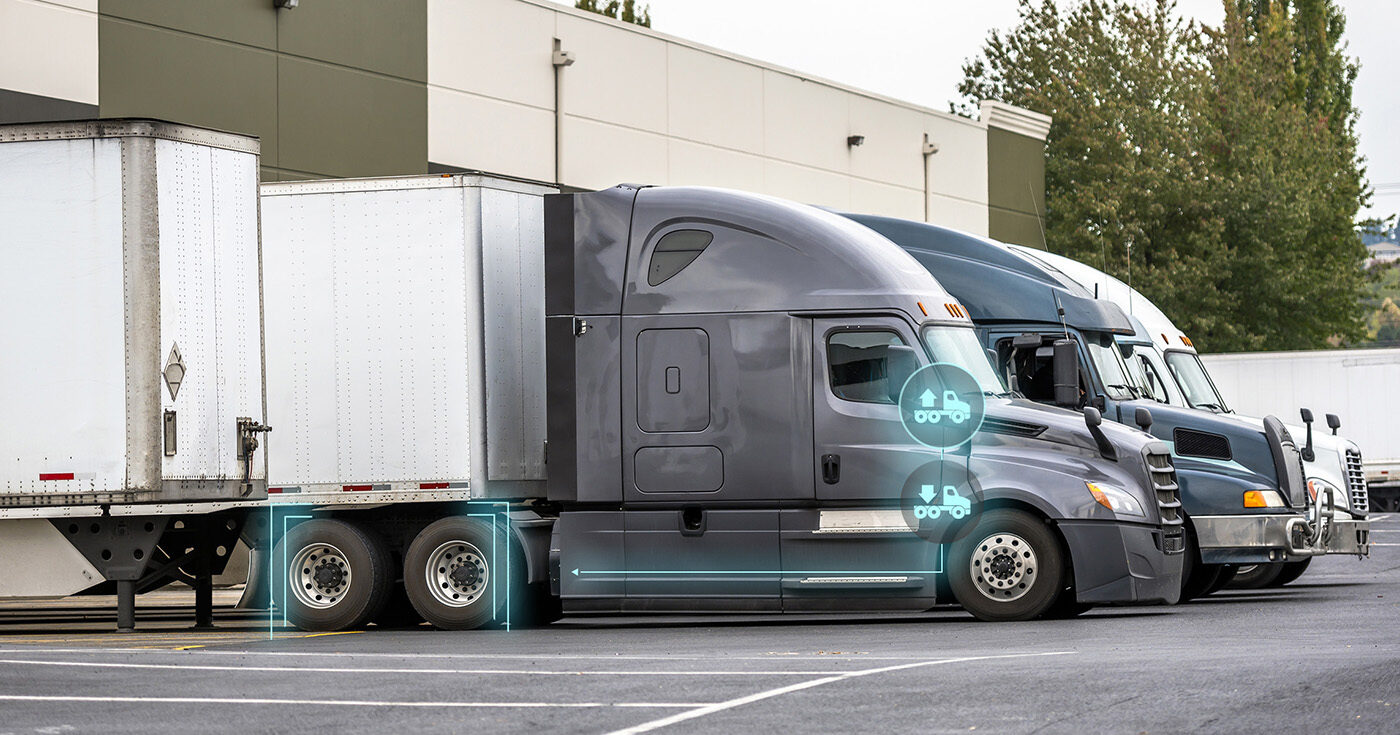
Trailers Too Heavy When Loaded
When trailers are pre-loaded for drop and hooks, they can grow increasingly heavy depending on the contents of the load. There comes a point where the landing gear handle is incredibly difficult to crank. In extreme cases the landing gear can become bound making the process even more difficult. The strain of cranking the landing gear against the weight of the trailer can cause shoulder and back injuries, while also resulting in an increased time at the yard.
To get an idea of just how much work and effort is involved in cranking the landing gear, Link performed a test to measure the force required to rotate the crank on a fully loaded trailer. This test was completed by modifying a socket to fit the landing gear crankshaft and using a torque wrench to record the torque applied to rotate the crank.
The testing showed it required 120 lbs. of force on a loaded trailer with the crank in the low gear position. By utilizing the SmartValve, that required force was reduced to only 2 lbs. For those who have experienced cranking a landing gear, the difference between cranking with or without SmartValve is effectively comparable to cranking the gear with maximum effort in low gear vs “free spinning” the gear. Our testing showed that with SmartValve, the torque required to crank the landing gear is reduced by an astounding 98%.
SmartValve eliminates the need to struggle against the weight. Drivers can hook up the trailer to the fifth wheel and raise the rear suspension above ride height with the press of a button on the dash. This allows the truck to take the weight of the trailer, relieving pressure so drivers can crank the landing gear up with no additional resistance in a matter of seconds.
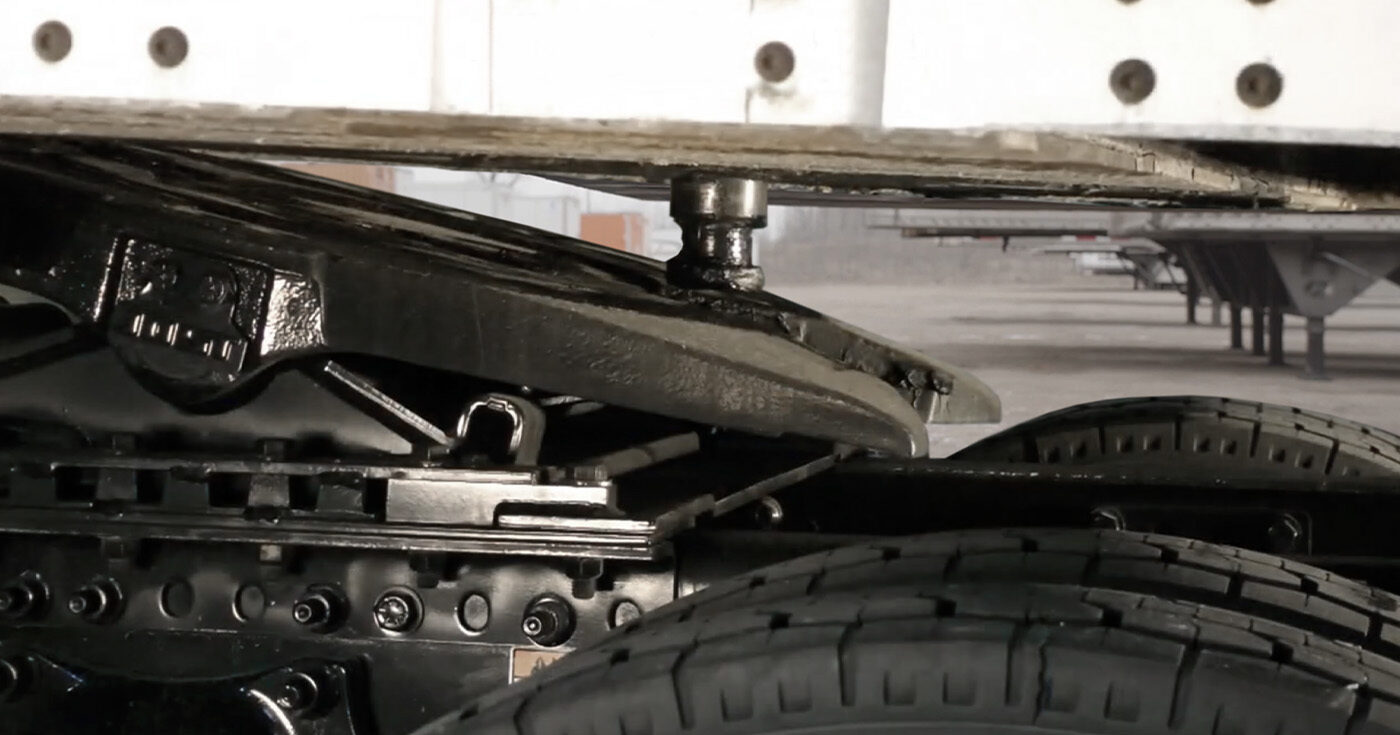
Trailers Parked Too High or Low
Whether it is the result of different fifth wheel heights between tractors or uneven trailer lots or the difference in height between the tractor fifth wheel and a trailer kingpin while coupling, both are common situation that drivers find themselves struggling with when it comes to drop and hook. Sometimes the trailer’s landing gear will be left too high or too low, requiring drivers to raise or lower the trailer before they can connect the kingpin to the fifth wheel. This means cranking the landing gear up or down to raise or lower the trailer, a strenuous process that can lead to driver injuries.
Similar to a conventional mechanical valve, when a trailer is too low, SmartValve can lower the tractor frame below ride height to get under the trailer’s lip. Drivers can then raise the rear suspension, lifting the trailer to allow the kingpin to slide into the fifth wheel. With the landing gear then off the ground, it can be raised with greatly reduced effort.
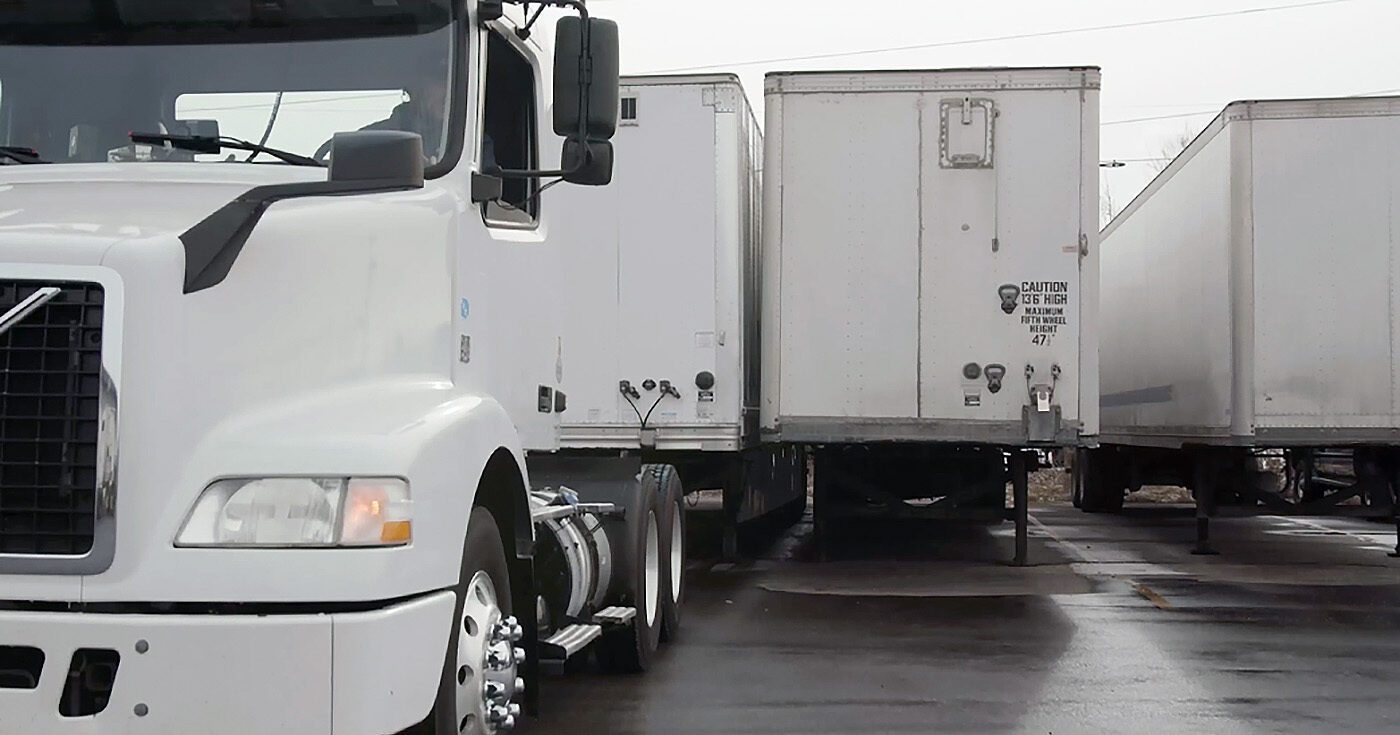
Trailers Parked Too Close
When drivers first arrive at trailer yards, it’s not uncommon to find assigned trailers parked so tightly that the landing gear can’t be accessed. In such a situation, drivers oftentimes are required to wait for a yard jockey to come move the trailer out, which sometimes takes minutes, and other times hours. Only once the trailer has been pulled forward can they hook up to the trailer and hit the road.
When trucks are equipped with SmartValve, trailers parked too closely become a non-issue. The all-in-one electric height control allows drivers to take matters into their own hands. With the push of a button, the rear suspension can be raised above ride height, allowing drivers to connect the kingpin to the fifth wheel. Once connected, drivers can connect electrical and airlines and pull the trailer forward to expose the landing gear handle. From there, they can crank up the landing gear and get back on the road – no waiting required.
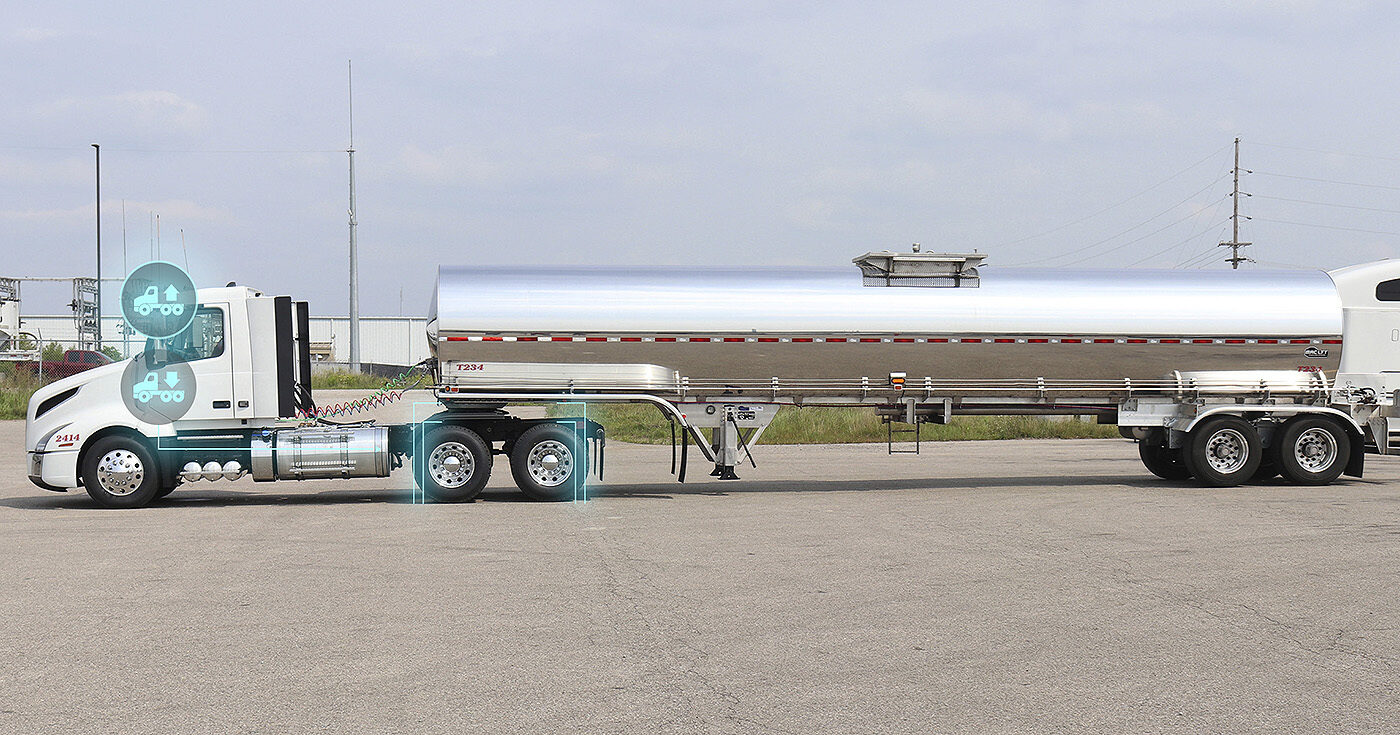
Benefits to All Trailer Types
While Reefer and dry van are the two most common trailer types, SmartValve also provides distinctive benefits to Tanker Trailers and LowBoy Trailers. When unloading a Tanker Trailer, SmartValve allows drivers to raise the rear suspension over ride height, providing a better dump angle. With the increased angle, more product exits the tanker on every trip. By increasing the delivered amount, SmartValve provides a better ROI per trip.
When travelling with a LowBoy Trailer, drivers often run into issues of ground clearance with railroad tracks, uneven terrain, slopes in the road, and more. Trailer damage due to low clearance is a thing of the past with SmartValve. The electronic height control allows drivers to safely raise the front of the trailer from the cab, providing extra clearance.
In Summary
While there are some issues that are unavoidable during drop and hook operations, SmartValve helps drivers eliminate waiting for yard jockeys, difficulty hooking to trailers that are dropped too high, too low, or too tightly, and struggling to raise the landing gear against the weight of a loaded trailer. When trucks are equipped with SmartValve, drivers have reduced downtime and find themselves in a safer work environment with a greatly reduced risk of back and shoulder injuries, ultimately increasing their overall well-being.
SmartValve is available as a factory option with most major OEMs, or as a retrofit for all major truck brands. If SmartValve is right for your truck or fleet, reach out to a Link Dealer near you, or give our team a call. We would be happy to give you more information about the all-in-one electronic height valve.
Blog Author
Kirt Weaver
North American Sales Manager – Fleets


